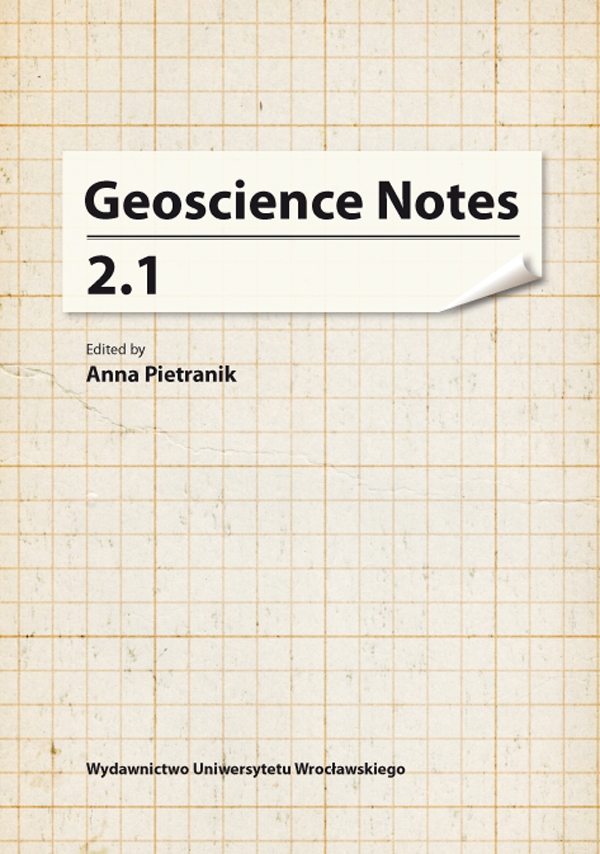Abrasion-induced holes in the bivalve shells from the Baltic Sea: Implications for palaeontological studies
Słowa kluczowe:
drill holes, abrasion, predation, mollusks, bivalves, Baltic SeaAbstrakt
Drill holes made by predators on shells are considered direct evidence of predator–prey interactions. However, some authors recently suggested that some holes in shells may be also formed via abrasion. Actually, criteria for recognizing holes made by drilling predators and abiotic-environmental factors are still in dispute. Holes in shells of Parvicardium hauniense Petersen & Russell from the Baltic Sea are reported. This preliminary set of data strongly confirms that various holes in shells were set by abrasion. Therefore, caution needs to be taken when considering holes in the fossil isolated shells in the scope of appropriately interpreting the role of predator–prey interactions in the evolution of shelly organisms.
Otwory wydrążone w muszlach uznaje się za bezpośredni dowód interakcji pomiędzy drapieżnikiem a jego ofiarą. W ostatnim czasie niektórzy autorzy zasugerowali, że część z nich może powstawać także w wyniku abrazji. Obecne kryteria rozpoznawania otworów produkowanych przez drapieżniki i tych powodowanych przez czynniki środowiskowe są nadal sporne. Obecnie opisano otwory w muszlach Parvicardium hauniense Petersen & Russell pochodzące z Morza Bałtyckiego. Wstępne dane potwierdzają, że różnorodne otwory w muszlach mogą być wytwarzane na drodze abrazji. Należy zatem zachować ostrożność, obserwując otwory obecne na wyizolowanych muszlach kopalnych, aby móc dokonywać poprawnych interpretacji roli interakcji pomiędzy drapieżnikami a ich ofiarami w ewolucji organizmów oskorupionych.

